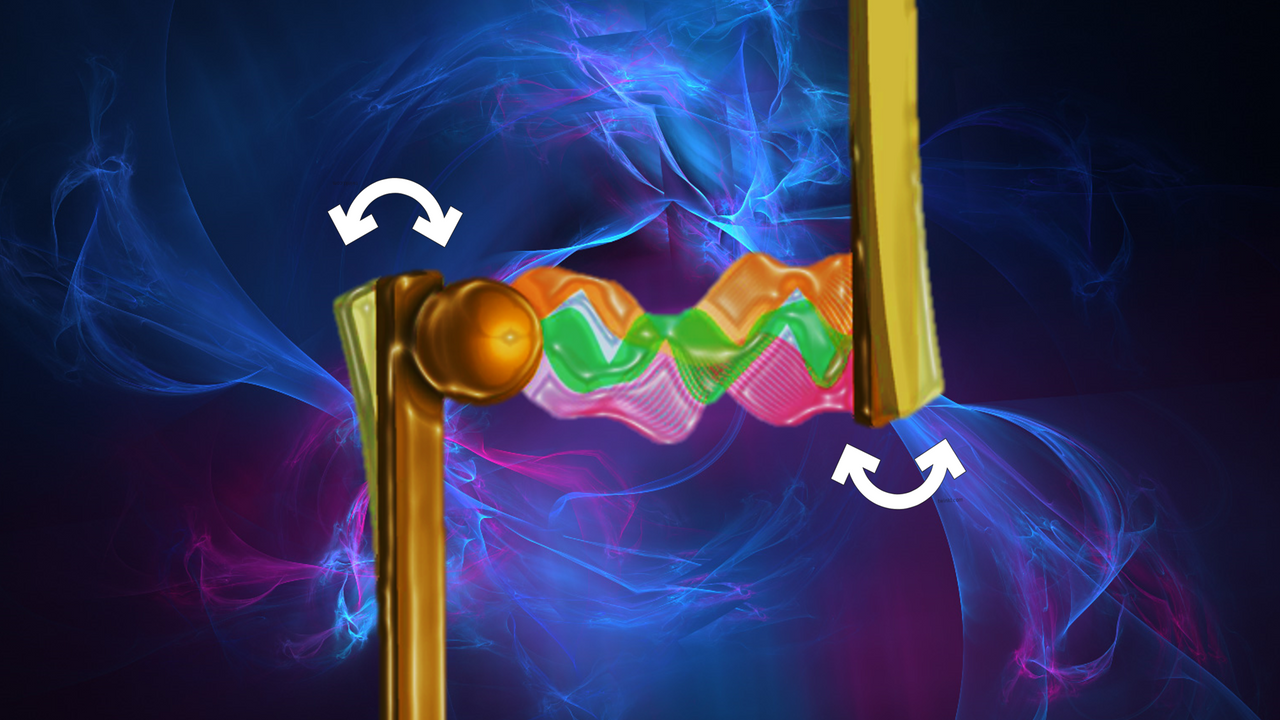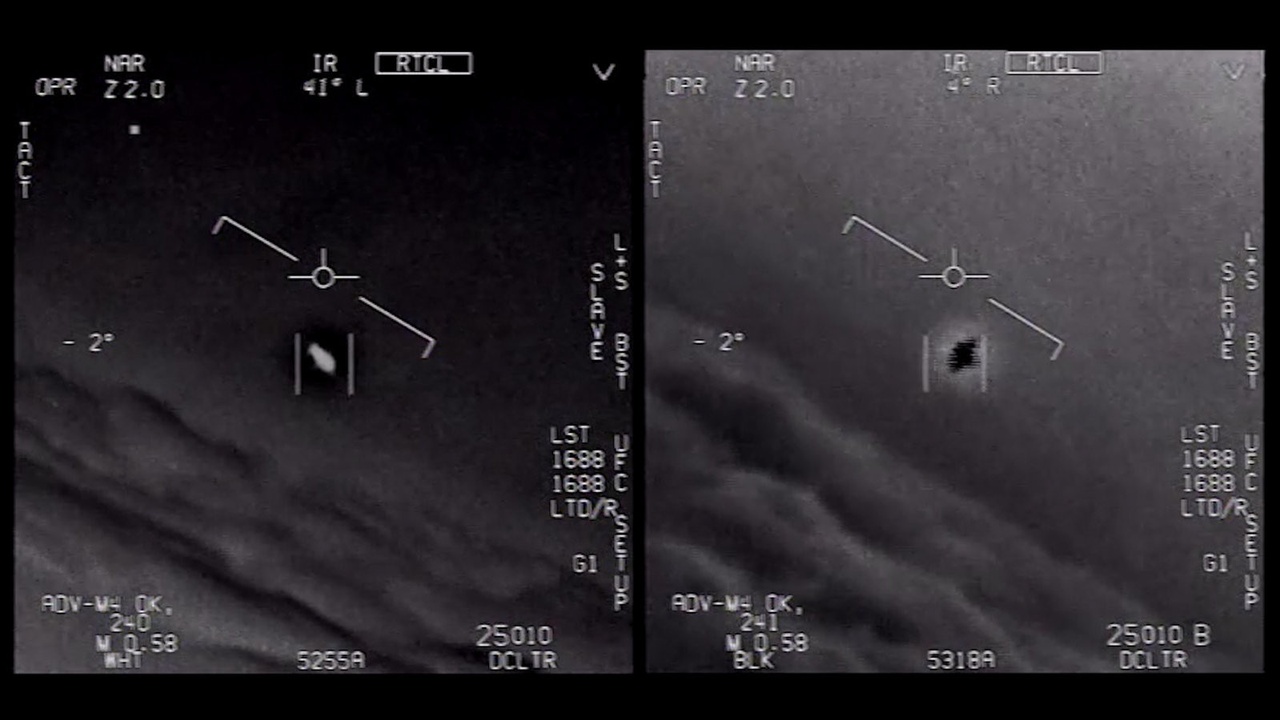Science News
& Faculty Articles
First Detection of Intergalactic High Energy Neutrinos Linked to a Blazar

By Amal Pushp, Affiliate Physicist at the Resonance Science Foundation
Among all the various particles that exist in nature, neutrinos are one of the most peculiar of all. Neutrinos are elementary particles that are essentially produced during radioactive decay and are named so because they do not carry any charge and hence are electrically neutral. It would be quite surprising to the reader that neutrinos are ever-present and are fluctuating around us all the time. They also penetrate the earth with little to no interaction.
Neutrinos essentially travel at the speed of light and are not deflected in presence of magnetic fields. All these properties make the detection of neutrinos a cumbersome process. In view of the fact that neutrino interactions are usually quite low, scientists have built a neutrino observatory at the South pole, called the IceCube Neutrino Observatory which consists of pure and stable ice having a thickness of a cubic kilometer, which substantially acts as the...
Anomalous Hall effect in Antiferromagnetic Crystal May Enable Computation with Atomic Spin

By: William Brown, Biophysicist at the Resonance Science Foundation
Digital Computations are based on the ability to read, write, and erase an on/off state in a material, representing the ‘0’ and ‘1’ of binary data. In today’s integrated circuits, this is achieved via transistors, which are semiconductor materials— like silicon or germanium (tetrahedral elements)— that can switch electrical signals to an “on” or “off” state and therefore function as the binary state, or logic gate in a digital computation.
In this way, the metal-oxide-silicon transistors in integrated circuits forms the memory cells of the chips, and because of the relative ease of fabrication, scalability, and low-power consumption such chips are found in nearly all digital electronic devices, from smartphones to TVs. The civilization-scale effect of this functional material with easily controlled binary state cannot be overstated, as even...
Origin of Quantum Mechanics III: The Atomic Structure and the Electron

Source of Image here.
By Dr. Inés Urdaneta / Physicist at Resonance Science Foundation
In our previous article entitled Origin of Quantum Mechanics II: Black Body Radiation and Quantization of the Electromagnetic Field we saw that quantum mechanics started from the combined results of two experiments called black body radiation and photoelectric effect, which indicated that matter could only exchange energy -absorb or emit- through discrete packets, quanta of energy that were called photons, which gave a corpuscular aspect to light. Light, which is observed macroscopically as a continuous wave, must then be composed of these discrete packets of energy called photons. This allowed light and matter to exchange photons, i.e., integer units of energy.
The main interlocutor between light and atoms are the electrons that make up the atom. Roughly speaking, it is the electron inside the atom that absorbs or emits electromagnetic radiation in the material, which,...
Contextuality: An Obscure Yet Powerful Feature of Quantum Mechanics

By Amal Pushp, Affiliate Physicist at the Resonance Science Foundation
A pair of quantum entities spatially separated in the network of spacetime displays a mysterious correlation when measured. This quantum correlation is commonly referred to as entanglement. In the current age, phenomena involving entanglement and its diverse applications are inevitable, however, it would be quite surprising to the reader at first that this quantum phenomenon was dismissed as an impossible spooky scenario by none other than Albert Einstein who is believed to be one of the founding fathers of quantum physics itself.
Entanglement, also popularly known as non-locality within scientific circles, has become a well-established topic over the decades. However, there is another quantum aspect that is equally interesting but probably most of us haven’t heard of it. This lesser-known phenomenon of quantum mechanics is termed contextuality. To put it simply, contextuality says that properties of...
Novel Material Found to Contain Electronically Accessible Continuous Memory

By: William Brown, Biophysicist at the Resonance Science Foundation
The information processes underlying physical systems— from organized matter to biological organisms— involves a self-organizing dynamic emerging from specific properties of the substantive medium of space. We have identified these properties as: intercommunicability, memory / hysteresis, iterative feedback-feedforward mechanisms, retrocausal influences, and nonlocal interactions, the gestalt of which we refer to as spacememory [1].
In our publication The Unified Spacememory Network, we identify and describe properties of space that endow it with memory, a property that is required for complexification of physical systems (evolution and development of the universe)— which is integrally related to the emergent property of time— and info-entropy dynamics that engender morphogenesis, intelligence, and sentient systems like human beings. This property of space is due in part to...
Dynamical Topological Phase, Driven by a Fibonacci Pulse, Protects Entanglement

By Dr. Inés Urdaneta, Physicist at Resonance Science Foundation
In former works we have addressed the importance of topology in material science and quantum systems.
The word topology refers to the contours of a surface or the shape of an object. In mathematics, topology classifies objects by the number of holes they have. A ball is a sphere with no hole, whereas a doughnut, with its one hole, is topologically different. The ball is topologically equivalent to an apple, and a doughnut to a cup, but not to a ball or a pretzel, since going from one topology to another would require a dramatic change, like ripping a hole. This topological feature or state provides a sort of stability to the system, and for this reason, the topological states discovered in some materials are robust and resist disruptions, unless they are as dramatic as the one mentioned previously.
Topological materials provide certain electronic states that persist despite a modification to their physical...
Researchers Discover a Theoretical Correspondence Between Topology and Quantum Entanglement

Credit: Courtesy of Charles Kane
By Amal Pushp, Affiliate Physicist at the Resonance Science Foundation
Topology is a branch of mathematics concerning the properties of geometric objects and their shapes. These properties are essentially invariant under continuous deformations such as stretching, twisting, etc. Entanglement on the other hand is purely a physical phenomenon wherein two particles can influence each other instantaneously irrespective of the spatial distance between them.
In new research published in the journal Physical Review X, Charles Kane, who is the Christopher H. Browne Distinguished Professor of Physics in U. Penn's School of Arts & Sciences established a conceptual duality between topology and entanglement along with his collaborators [1].
Consider a sphere and a donut. The difference between the two lies in the fact that a donut, which has a toroidal topology, is specified by a single hole whereas there are no holes in a sphere. In this sense, a coffee mug...
Controlling the Quantum Vacuum for Energy Transfer and Functional Casimir Devices

Researchers Devise Method to Control Quantum Vacuum Fluctuations for Unidirectional Energy Transfer Between Two Nanodevices
By: William Brown, Biophysicist at the Resonance Science Foundation
A fundamental outcome of quantum field theory is the prediction of an ever-present non-zero energy in the vacuum state. In classical physics, a vacuum is totally devoid of energy or substance. In modern physics, all forces and associated particles are field-like, and their manifestation is a result of excitations of the respective quantum field. As such, according to quantum field theory, even in a vacuum there are quantum fields, and importantly these fields are always undergoing random excitations, even at the point where there should be zero energy—i.e., there are constitutive zero-point energy fluctuations.
These quantum vacuum energy fluctuations are not trivial, in the theory of Quantum Chromodynamics (QCD) they are what gives hadrons, like the proton, their mass. Within QCD...
About the UFO Hearings Part I: Unidentified Aerial Phenomena (UAP)

By Inés Urdaneta, Physicist at Resonance Science Foundation
The existence of Extraterrestrial intelligent life has been one of the most intriguing and controversial topics for humankind. And something remarkable is happening at this moment: since may 2022 the hearings concerning UAP phenomena are being held (UAP is the new terminology for UFO, which considers a wider range of aerial phenomena). Meanwhile, we are witnessing changes in the mainstream narrative, particularly in USA, to the point where known physicists such as Michio Kaku (who is the most important science disseminator, together with Neil de Grasse) admits their probable existence. His main argument: some unidentified flying objects defy our current laws of physics.
Among the extraordinary features that these objects present, the most outstanding ones, are:
1) Anti-gravity lift: these objects have been sighted overcoming the earth’s gravity with no visible means of propulsion. They also lack any flight...
On the Stability of Slowly Rotating Kerr Black Holes

By Amal Pushp, Affiliate Physicist at the Resonance Science Foundation
A black hole is a solution to Einstein’s general relativistic field equations. Based on the property of angular momentum, black holes can be categorized into two types: non-rotating and rotating. The former is described by the Schwarzschild solution and the latter by the Kerr solution, originally named after its discoverers.
Perhaps all physical systems tend to move towards equilibrium irrespective of their initial conditions and similar is the case with black holes. A long-standing problem in black hole physics concerns the stability of these great astrophysical voids. The idea is to regain the original state of the black hole after the effect of an externally applied perturbation has faded away. This proves that the black hole is indeed stable. The case otherwise is an instability and would be quite a task in that it would compel us to modify Einstein’s theory.
Addressing this unsolved...



